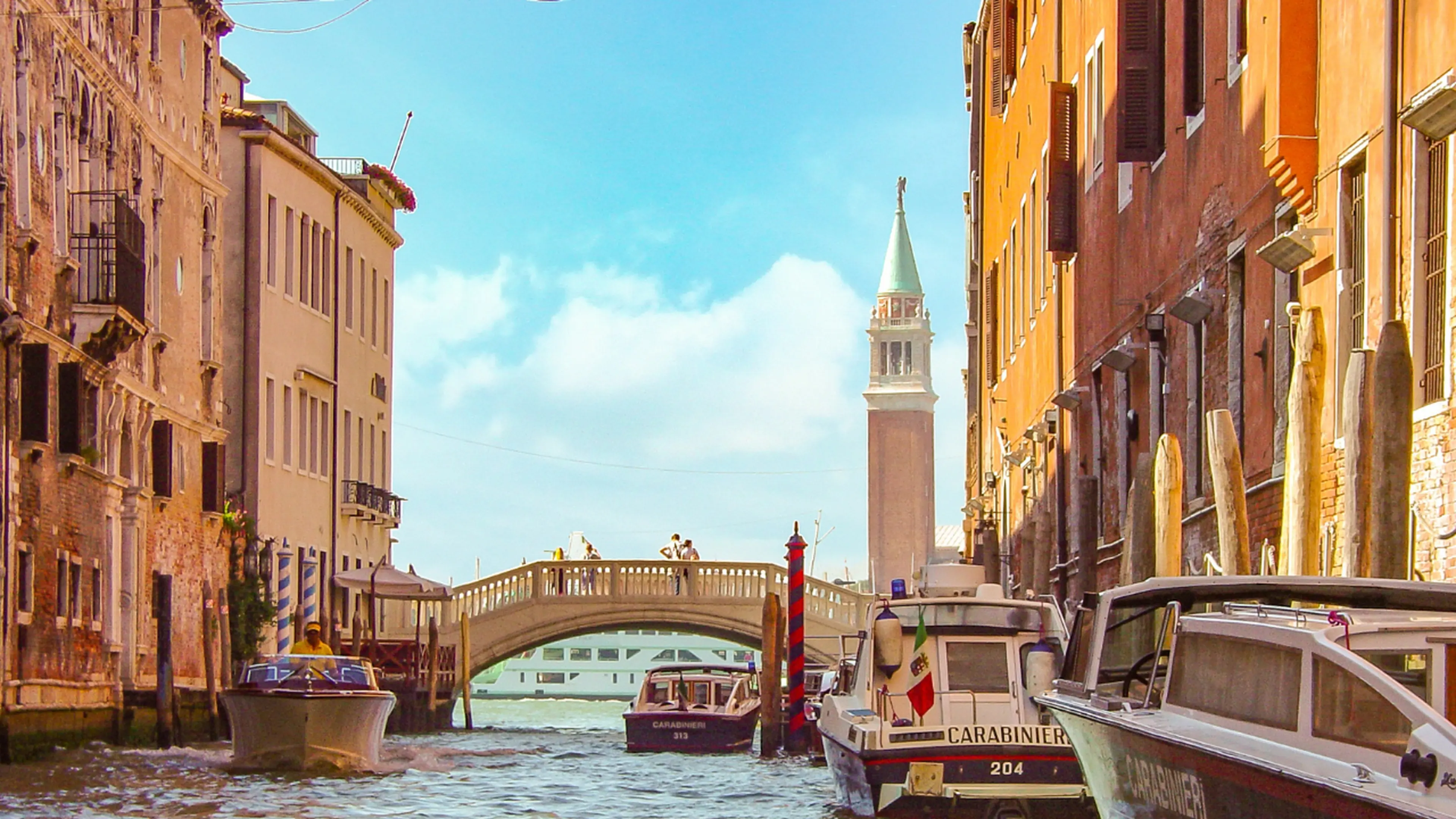A thorough explanation of the water situation in Italy! Tips for traveling with peace of mind
Are you planning a trip to Italy?
There are probably many people who are worried about whether local tap water is safe to drink or whether they should buy bottled water.
In this article, I will explain in detail the safety of tap water in Italy and how to choose bottled water.
In order to enjoy your trip with peace of mind, make sure you have a firm grasp of Italy's water conditions.
The safety of tap water in Italy
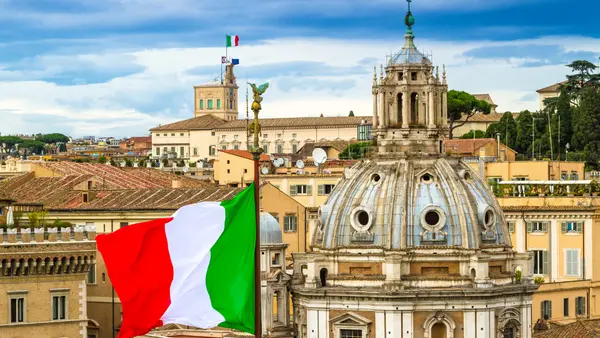
Tap water in Italy is generally drinkable.
Like many European countries, tap water in Italy is managed according to strict standards, and it is said that it can be drunk almost without problems in urban areas.
However, in certain regions and mountainous areas, the mineral content is high, and the use of bottled water may be recommended for tourists.
Also, piping may deteriorate in old buildings, so it is safe to use a filter before drinking.
Differences in how locals and tourists use water
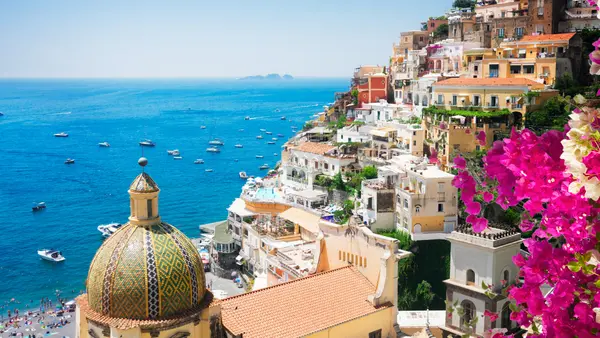
Local Italians often drink tap water on a daily basis, but they also have a strong culture of preferring mineral water, and many people enjoy “sparkling water” rich in minerals on a daily basis.
On the other hand, tourists are not used to tap water, so it is common to buy bottled water.
In Italy, cafes and restaurants often order mineral water, and options with or without gas are offered.
Popular bottled water brands in Italy
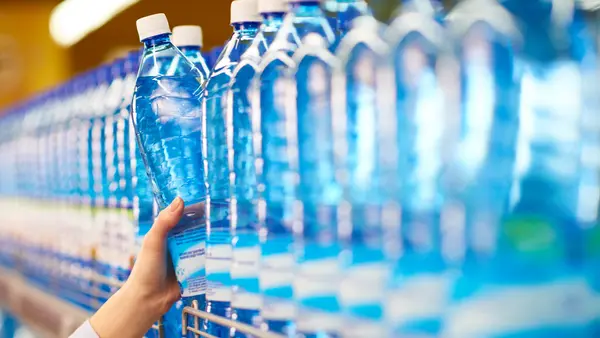
Italy's most popular bottled water brands include “Acqua Panna,” “Levissima,” and “Sant'Anna.”
These brands are widely recognized in Italy and abroad, and can be easily obtained at any supermarket or convenience store.
Also, Italy is known as a country famous for producing mineral water, and you can enjoy its rich variety and flavors.
The price of bottled water and where to buy it
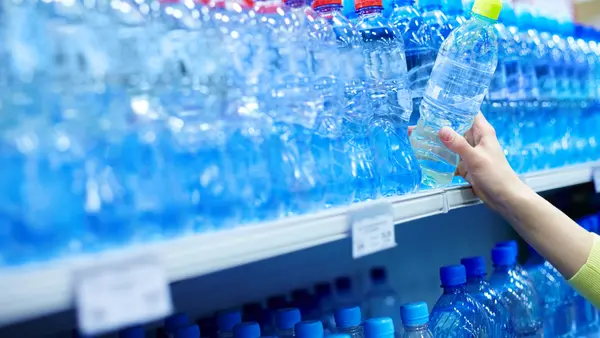
In Italy, the price of 500 ml bottled water is around 1 to 4 Euros.
They can be purchased at supermarkets, convenience stores, drug stores, etc., but prices are often slightly higher at tourist spots.
By buying larger bottles in bulk, you can keep costs down.
Water prices can rise rapidly, especially near train stations and tourist spots, so it's a good idea to buy it in advance at supermarkets.
Types of mineral water in Italy
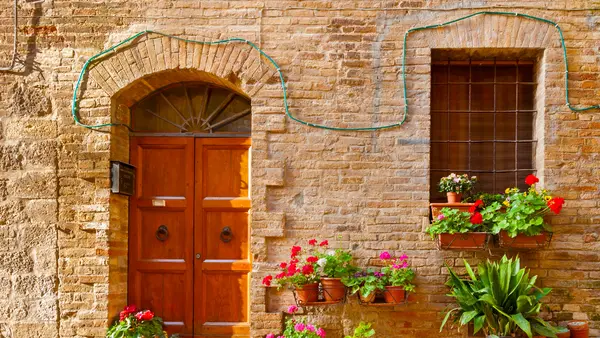
Italians have a habit of drinking mineral water on a daily basis at home or on the go, and it is particularly common to enjoy mineral water with meals.
There are sparkling water “Gassata” with gas and “Naturale” water without gas, so be careful.
Be sure to check before you buy.
How to serve water in restaurants
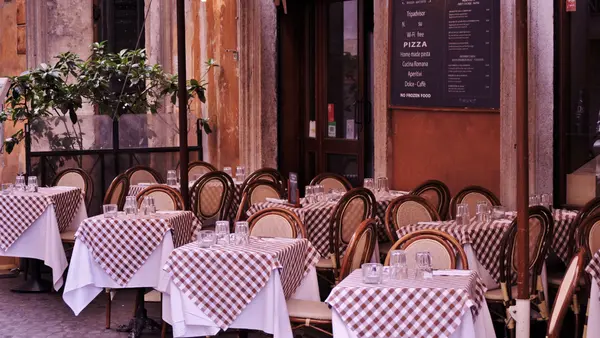
Italian restaurants usually serve mineral water rather than tap water.
In Italy, there is a culture of drinking water during meals, and it is common practice to ask for water at restaurants.
When ordering water with a meal, you'll be asked if it contains gas or not, soAnswer with sparkling water “Gassata” with gas or water “Naturale” without gas.
Water purchase points at major tourist sites
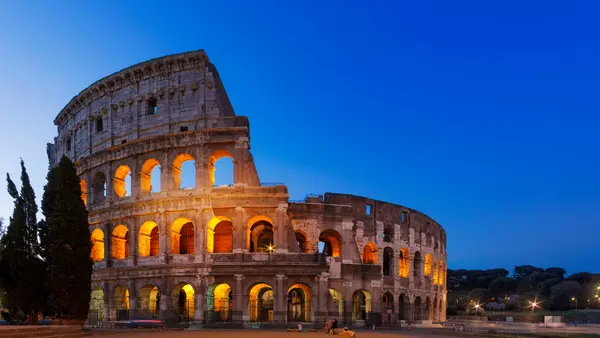
In major tourist destinations such as Rome, Florence, Venice, and Milan, bottled water is easily available at convenience stores, supermarkets, and vending machines.
Also, in urban areas in Italy, there are public free water stations called “Nasone,” where you can get fresh water for free.
It is also recommended to use water supply points to secure drinking water, especially around tourist sites.
A useful item for carrying water
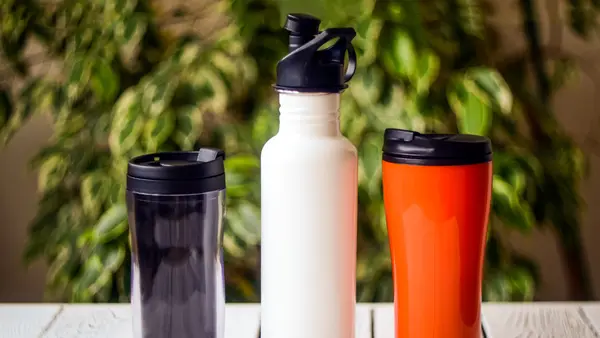
Italy's summers are hot, so staying hydrated is essential when sightseeing for a long time.
We recommend carrying a bottle or the like with an insulated function.
Also, since people often walk for a long time during sightseeing, it is safe to carry water with them at all times.
Be sure to prepare easy-to-use bottles to refill at free Italian water stations.
Plastic Waste Problems and Recycling Initiatives
The problem of plastic waste has also become serious in Italy, and recycling of PET bottles is being promoted.
Tourists are also required to properly recycle used bottles in order to cooperate in this effort.
In many cities, recycling boxes dedicated to PET bottles have been installed, which can contribute to environmental protection.
Italy's Water Conservation Efforts and Eco-Lifestyle
Saving water resources is recommended in Italy. Water shortages have become a problem in some regions, and water conservation efforts are underway at hotels and public facilities.
Tourists should also help save water by shortening shower time and contribute to environmental protection in Italy.
summary
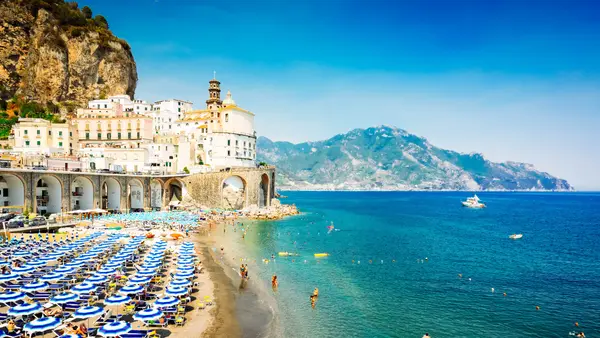
When traveling to Italy, it is possible to drink tap water, but depending on the region, the mineral content is high, and it is recommended for tourists to use bottled water.
Choose popular brands such as “Acqua Panna,” “Levissima,” and “Sant'Anna,” which are widely distributed in Italy, and stay hydrated safely at tourist spots and restaurants.
Also, by using public water stations, you can consider the environment and realize an eco-friendly trip.
Q & A
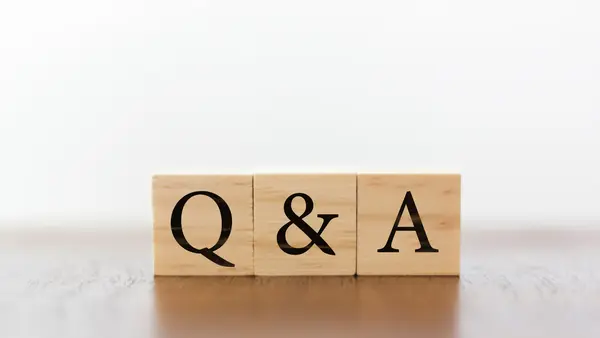
Q: Can I drink Italian tap water?
Yes, tap water in Italy is generally drinkable.
However, in old buildings and specific areas, it is safer to use bottled water.
Q: What is the recommended bottled water in Italy?
“Acqua Panna,” “Levissima,” and “Sant'Anna” are popular, and are widely sold as reliable brands.
Q: Where is a good place to buy water in Italian tourist destinations?
Convenience stores and supermarkets are convenient, but you can also buy bottled water from vending machines and kiosks around tourist spots.
Written by
- WellBe Inc.
- WellBe operating company
- WellBe Inc.
- WellBe operating company
We will disseminate information on Asian culture and travel, with a focus on Japan and Vietnam.
List of articles